Effective Cultivation Practices for Natural Pest Control
The alarming rise in pesticide resistance and environmental concerns has farmers and agricultural enthusiasts searching for ecologically acceptable and sustainable pesticide substitutes. Organic farming offers a workable solution to this issue by emphasizing natural methods and biological control. By using specific agricultural practices, farmers may manage pests without compromising the quality of their produce or the ecosystem's health. This article will look at nine farming practices that have been shown to be successful in controlling pests in farming and promoting a healthy, long-term agricultural system.
Let's examine some of the top farming techniques that effectively manage pests in agricultural settings. These methods will also assist farmers in maintaining the ecosystem's health and the surrounding surroundings.
Rotating Crops
Crop rotation
Crop rotation is the process of growing different crops consecutively on the same piece of land in organic farming. This approach reduces the amount of pests by upsetting their life cycle, which is specific to a certain crop. Reducing the development of diseases and infections that spread via the soil may also be accomplished by rotating crops from different botanical groupings. Crop rotation may improve plant growth, disrupt insect life cycles, and maintain soil fertility.
Companion planting and intercropping
Intercropping is the deliberate planting of many crops close to one another for mutual benefit, while companion planting deliberately installs certain crops next to one another. Pests may be confused by this technique, which involves hiding the target crops and attracting natural predators that eat those pests. For example, placing basil near cabbage helps protect it from pests like cabbage moths, while placing marigolds near tomatoes helps keep nematodes away.
Catch Crops
Sacrificial plants called trap crops are grown as a deterrent to pests, luring them away from the main crops. These crops attract some pests more than the major cultivated plants, which keeps them away from them. Through such management of the insect population, farmers may protect their important crops without resorting to chemical pesticides. A common example of a trap crop is planting radishes to lure flea insects away from valuable crops like potatoes.
Beneficial Birds and Insects
As a kind of pest control, introducing beneficial insects and pest-eating birds may be highly effective. Ladybirds, lacewings, and praying mantises consume a variety of harmful pests, including aphids and mites. In a similar vein, attracting birds such as chickadees and swallows may help control caterpillars and other insects. By providing nesting places, water sources, and native plants, farms may encourage the presence of these natural predators.
Sustainable farming practices to reduce pests from Farmersrathna Agri-news
Pesticides that are biological
Beneficial organisms like bacteria, fungus, or other natural sources are the source of biological pesticides. Unlike artificial chemicals, these insecticides only kill the pests they are meant to kill, not the beneficial insects. Additionally, they pose less of a threat to the environment, wildlife, and people. Bacillus thuringiensis (Bt) is a widely used biological pesticide that works particularly well against caterpillars when compared to conventional pesticides.
Parasiteoids and Natural Predators
The introduction of natural predators and parasitoids into the agricultural environment is a crucial part of biological management. Parasitic wasps, for example, deposit their eggs in bothersome insects and destroy them; ladybirds and their larvae eat aphids. Farmers may attract these natural enemies via plant variety and the use of specific ecosystems that provide these beneficial critters with a place to live and food sources.
Mulching
Mulching is the process of enriching the soil around a plant's base with organic materials like compost, leaves, or straw. Mulches not only retain soil moisture and stop weed growth, but they may also act as a physical barrier, keeping certain pests away from the plants. For example, slugs and snails have a hard time getting through uneven mulch surfaces, which lessens their damage to crops like lettuce and strawberries.
Enough Water Management
Humidity and moisture provide an ideal habitat for pests. Using effective water management strategies, such drip irrigation, may significantly reduce the risk of pest infestations. Farmers who maintain consistent soil moisture levels and refrain from overwatering their crops may reduce the probability of pests growing. High humidity is ideal for pests.
Good Soil Management Techniques
If you want robust, resilient plants, you must maintain healthy soil. Healthy soil that has been supplemented with organic matter provides plants with essential nutrients and reduces their susceptibility to insect attacks. Furthermore, good soil helps maintain the overall health of the ecosystem by encouraging the development of advantageous microorganisms and natural predators, which in turn aids in controlling insect populations.
Biological pest control strategies in cultivation from Farmersrathna Agri-news
In summary
You may drastically reduce bug populations and build a more sustainable, healthy agricultural system with the aid of these nine cultivation strategies. Farmers may lessen their need for chemical pesticides and encourage a more harmonious coexistence with nature by using organic farming methods, which combine effective agricultural pest management with environmental preservation. As customers grow more aware of the foods they eat, supporting organic agricultural methods not only benefits the farmers but also promotes a safer and more environmentally friendly world for everybody. Through continuous research and innovative techniques, we can keep refining these approaches and pave the way for a sustainable and pest-resistant agricultural industry.
-logo.webp.png)
.jpg)
-logo.webp.png)

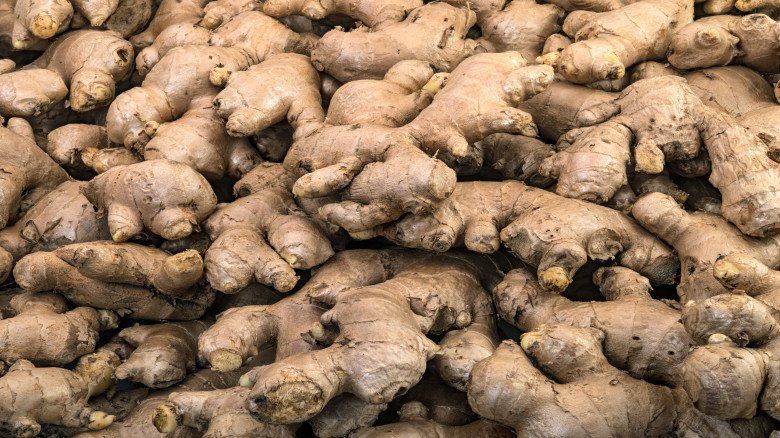

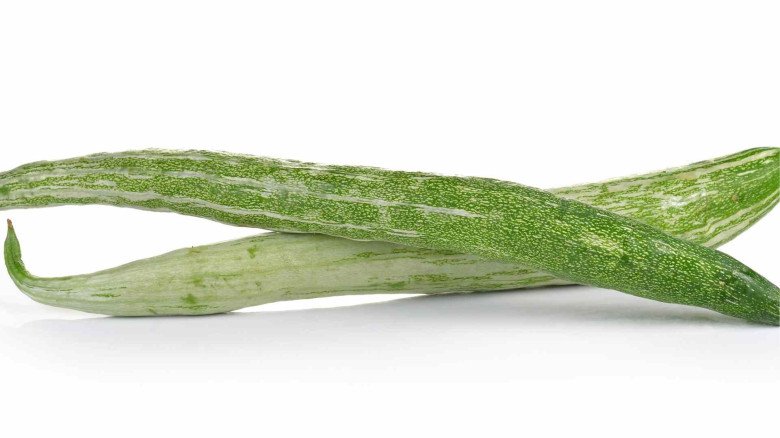





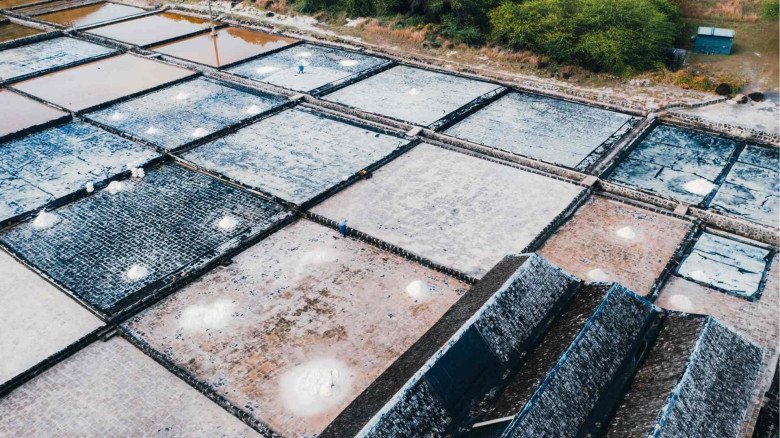









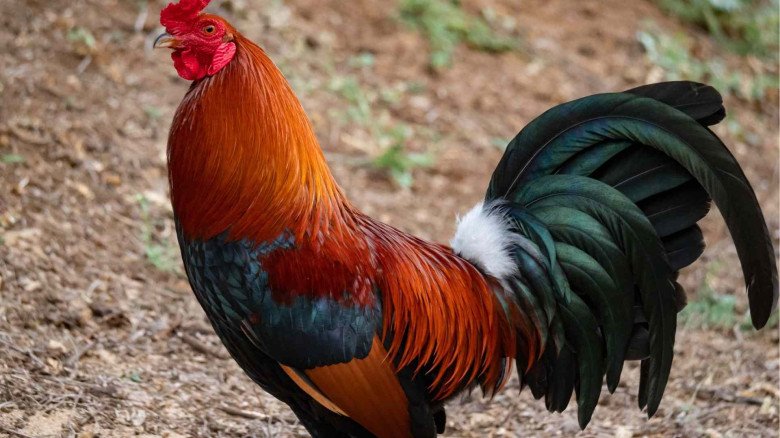













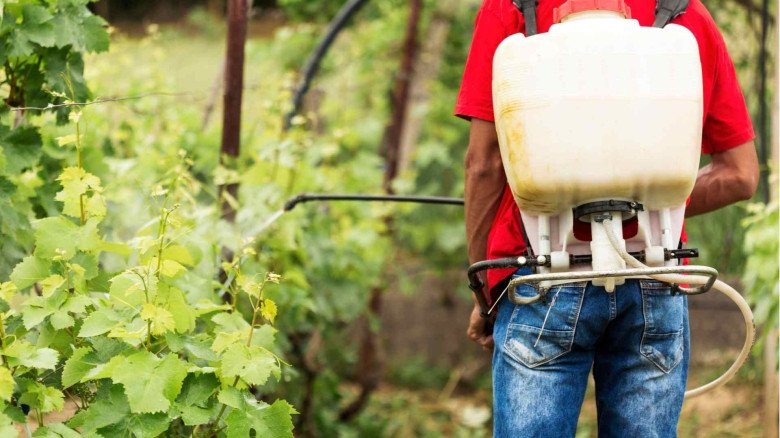
Leave A Comment